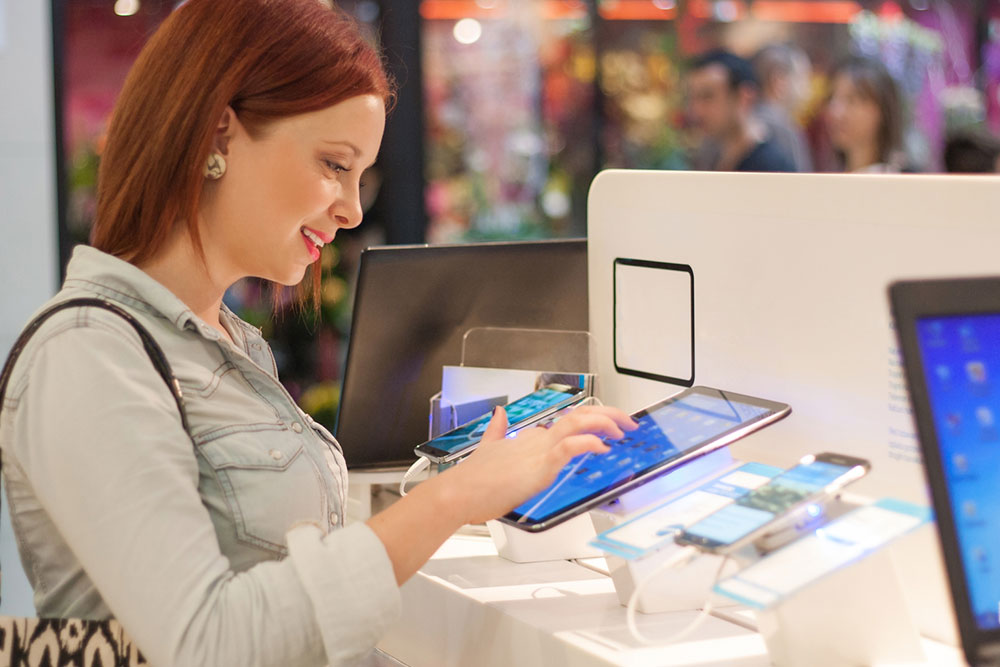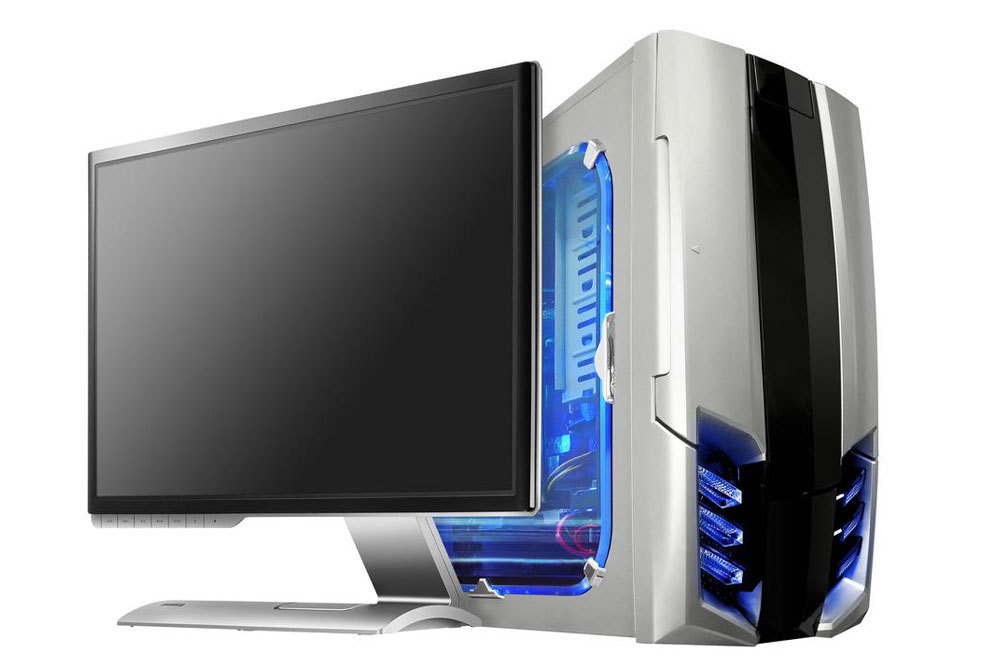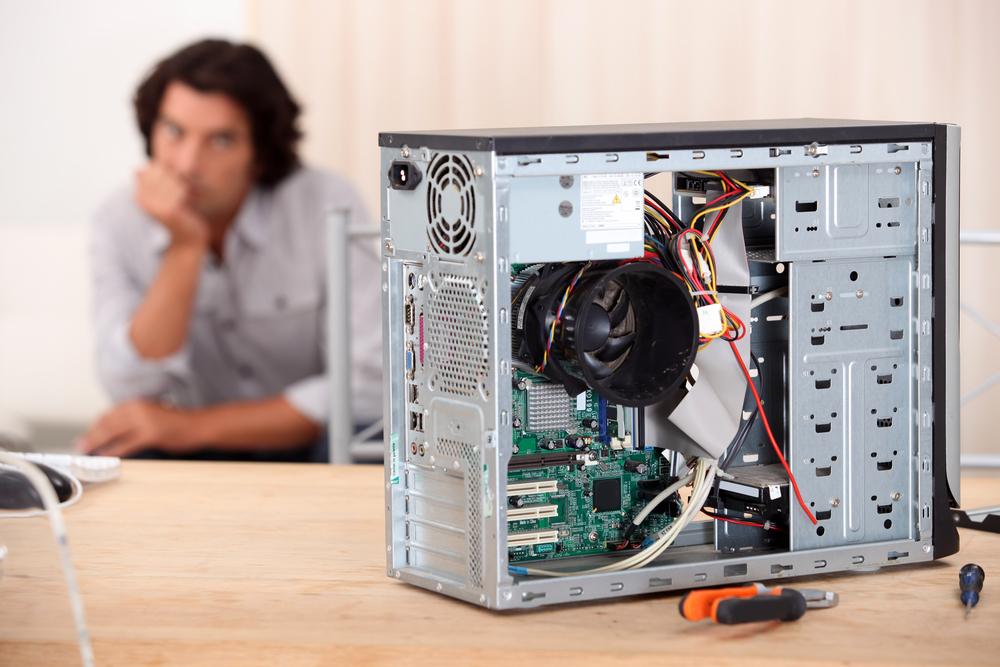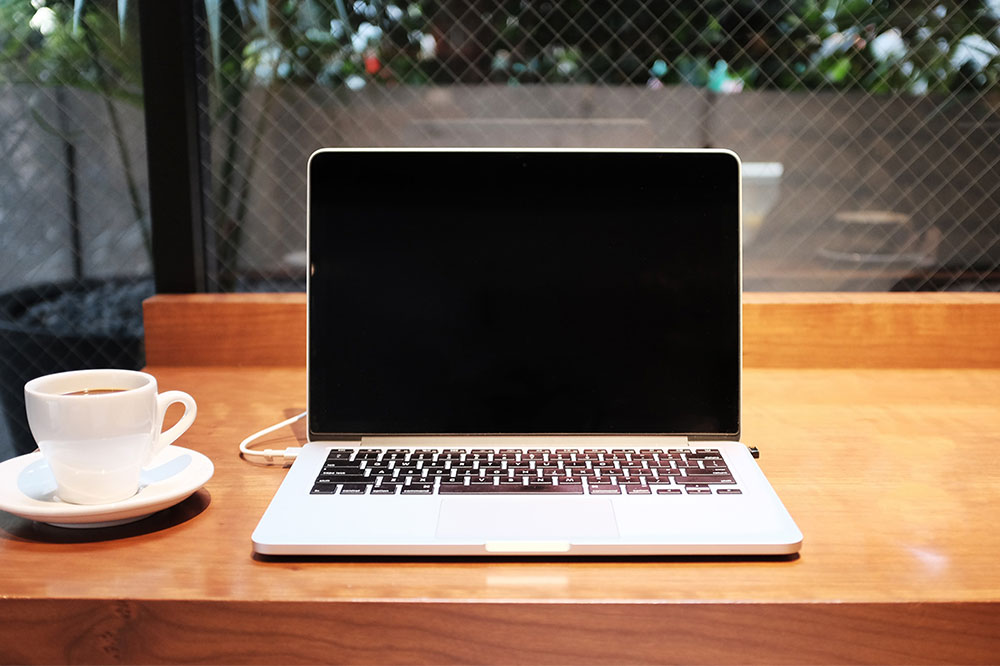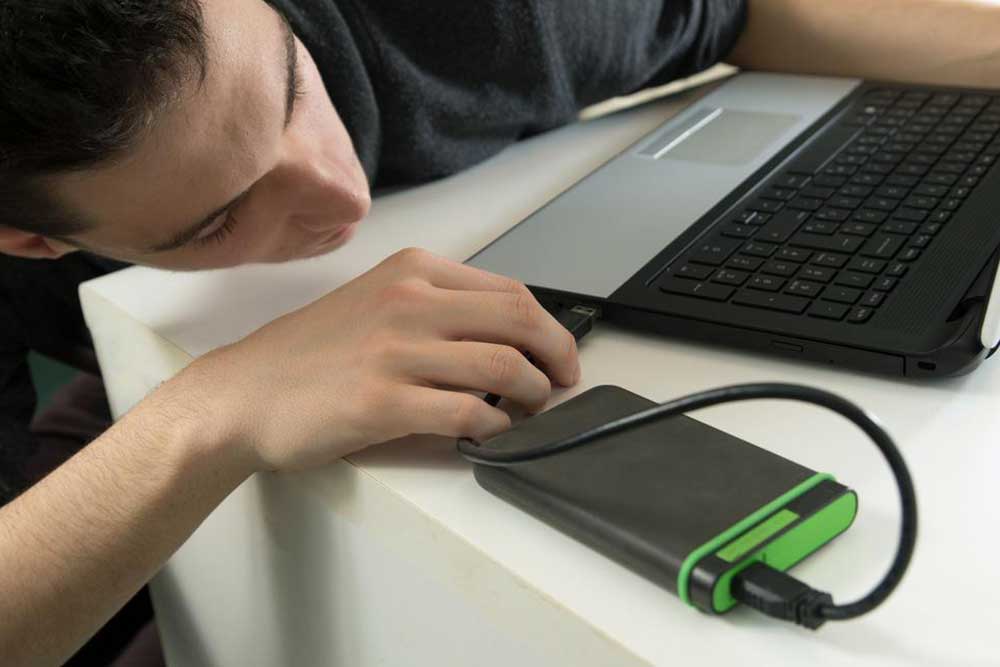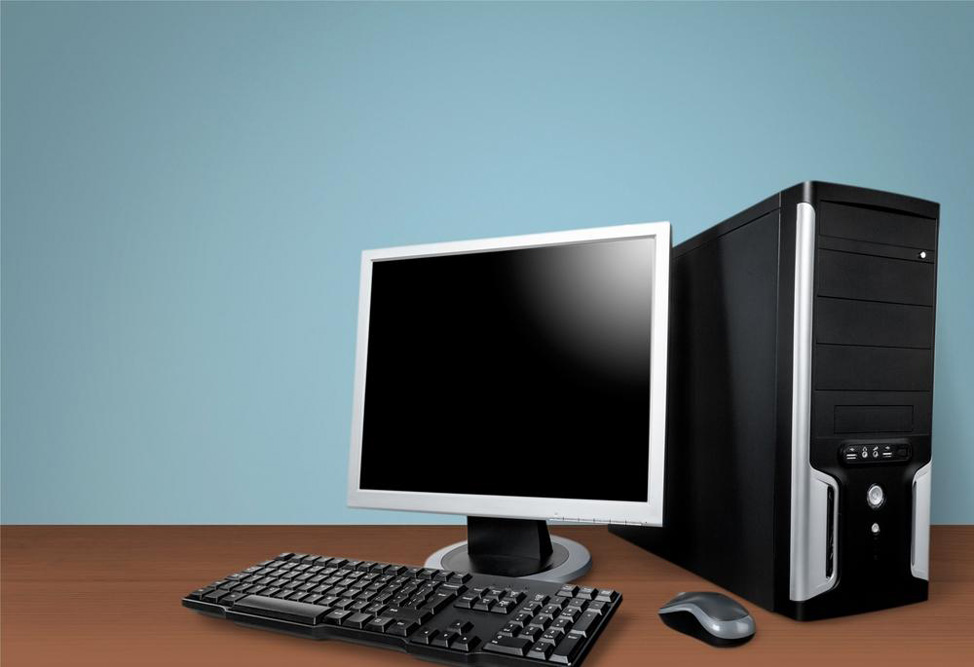Essential Steps for Building Your Own Custom PC
Learn how to build your own custom PC with this straightforward guide. From choosing compatible components to installing the operating system, this article covers the essential steps for beginners. Whether for gaming or general use, start your DIY journey confidently with practical tips and advice, and turn your tech vision into reality.
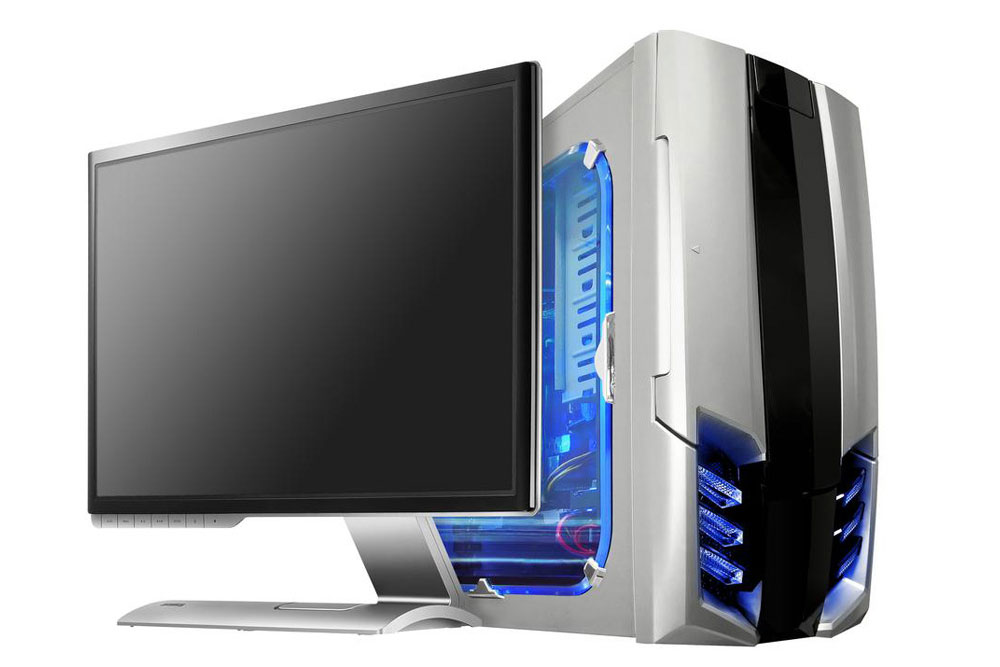
Essential Steps for Building Your Own Custom PC
Constructing a personal computer may seem intimidating initially, but it can be a rewarding experience once you understand the basics. If this is your first DIY PC project, start by selecting compatible components carefully. Having a knowledgeable friend assist can simplify the process significantly.
Building a PC is perfect for tech enthusiasts and gamers alike. While we won’t delve into intricate technicalities, we’ll cover the key steps to help you begin. Here’s a simple guide on how to assemble your own desktop computer.
Choose Your Components Wisely
The processor acts as the computer's brain, while the motherboard forms the main framework of the case. Conduct thorough research to select quality parts. ATX and microATX are common motherboard formats. The motherboard features PCI slots for connecting your graphics card (GPU). Gamers should opt for GPUs with ample memory to ensure smooth gameplay. Select a CPU that matches your usage needs, considering the software you plan to run. RAM compatibility depends on your motherboard; ensure they work together. For over 4GB RAM, a 64-bit operating system is necessary.
Assembly is the next step. If you’re new, seeking help from an expert friend or following tutorials can be very useful. Watching YouTube guides or reading manuals can also aid in successful assembly once you have your parts. When selecting hardware, define your purpose—gaming, productivity, or general use—to guide your choices. For beginners, starting with a budget-friendly setup allows room for learning, mistakes, and growth.
Installing the Operating System and Finalizing Setup
This is the exciting part: installing your OS. For beginners, Windows is highly recommended for its user-friendly interface. Developers might prefer Linux distributions, which are open source and highly customizable. Ensure your software is compatible with your hardware for a smooth setup. Opt for an SSD with enough storage for fast performance and reliable operation.
After OS installation and connecting peripherals, power on your new build. If everything is correctly assembled, your PC should boot up successfully. Congratulations, you’ve just built a custom PC from scratch!
Note:
Our blog offers a wide range of practical tech insights across various topics. While we strive to provide accurate and helpful information, please remember that articles should serve as guidance rather than definitive solutions. The editorial team isn’t responsible for discrepancies or errors that may be found elsewhere. Additionally, some deals and offers might vary or be unavailable over time.

